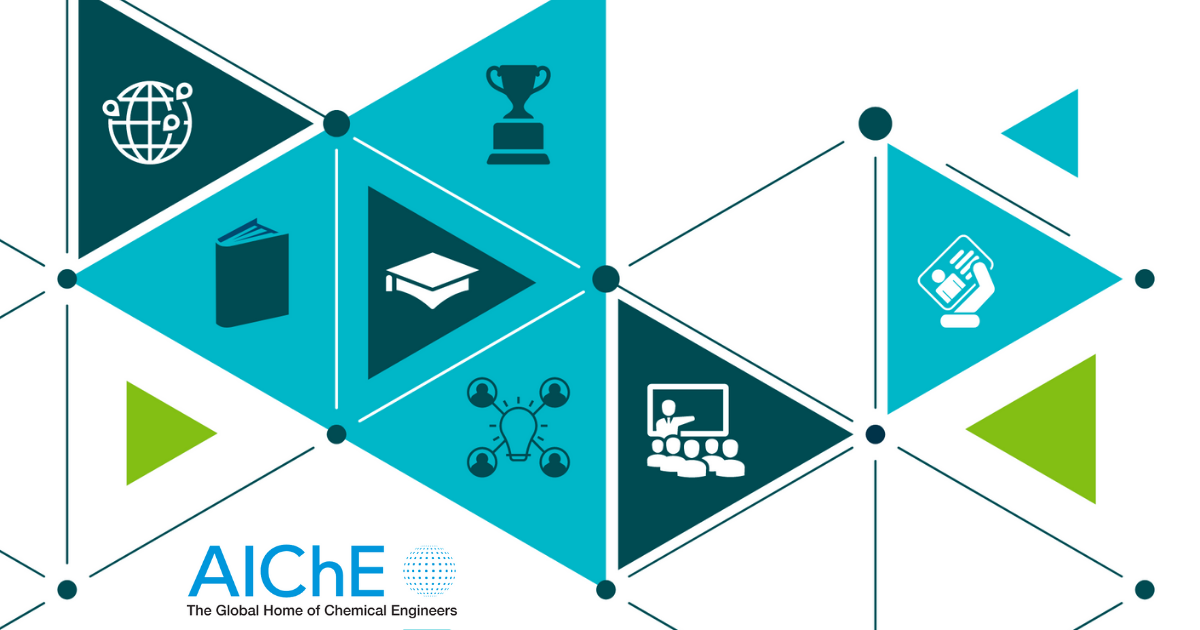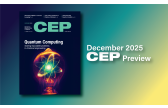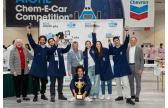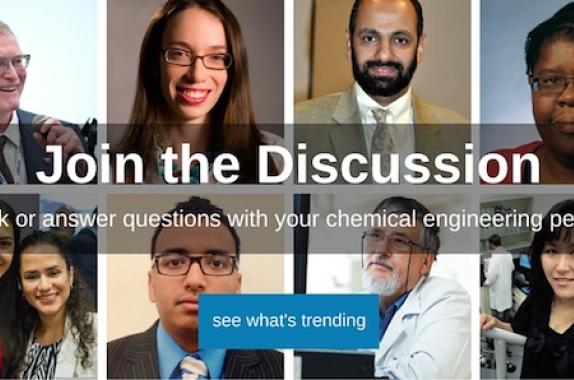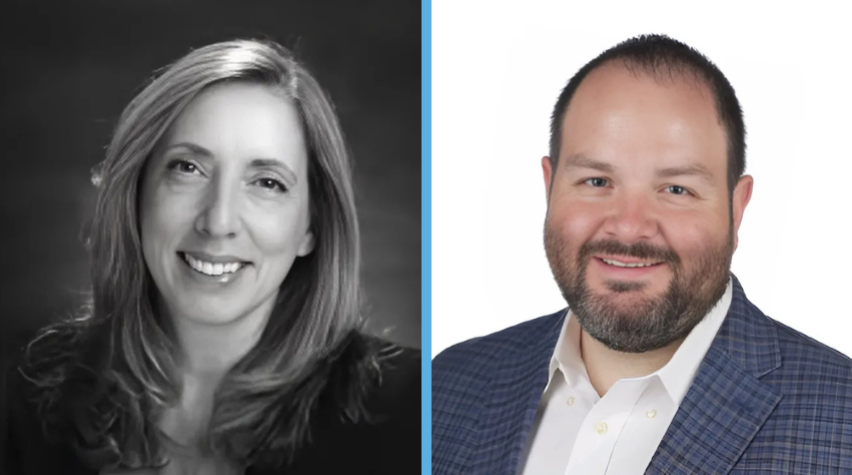
Pictured above: Nese Orbey (left), and Chris Lowe (right)
As peptide-based therapies continue to gain momentum for treating diabetes and obesity, the need to scale up manufacturing has introduced major engineering challenges.
This year’s AIChE Annual Meeting, taking place November 2 to 6, 2025, in Boston, MA, will feature a session highlighting the engineering breakthroughs behind Eli Lilly’s blockbuster GLP-1 drug, Tirzepatide.
We spoke with Annual Meeting Program Chairs Nese Orbey, Associate Professor and Associate Chair for Undergraduate Studies at the University of Massachusetts Lowell, and Chris Lowe, Senior Staff Engineer at Takeda Pharmaceuticals, about their featured session, Development of a Novel Platform to Deliver Large Volume Synthetic Peptides: The Commercialization of Tirzepatide. They discuss what inspired the session, why peptide therapies like Tirzepatide present a unique opportunity for chemical engineers, and how the challenges Lilly faced offer insights relevant across many areas of the field.
What inspired you to organize this featured session with Eli Lilly, and what makes this topic timely for the chemical engineering community?
Nese: The motivation for organizing this session stems from the growing process complexity and scale-up demands of emerging modalities like peptides and oligonucleotides. As these platforms expand from rare-disease applications to high-volume indications such as diabetes and obesity, they present challenges that are fundamentally chemical engineering in nature — ranging from mass transfer and purification to modeling and system integration.
Eli Lilly provides a compelling industrial example of how companies can achieve success in this space at scale. More broadly, the rise of these modalities creates a pivotal opportunity — similar to the early days of pharma, when chemical engineering first established its vital role.
Chris: This session aims to highlight that opportunity and encourage our community to actively shape the future of therapeutic manufacturing. Companies like Eli Lilly face unprecedented demand for their GLP-1 peptide therapies. Originally developed for diabetes management, these treatments have shown remarkable potential for treating obesity, dramatically increasing their popularity and demand. To meet this surge in demand, companies turned to chemical engineers. These therapies dominate headlines right now, and chemical engineers are the ones enabling delivery of these life-changing medicines to patients who need them.
Why do you think this session will be valuable even for chemical engineers who don’t work directly in pharmaceutical manufacturing or bioengineering?
Chris: This is such a compelling example of scale-up. The demand was so intense that it overwhelmed existing platforms and processes, forcing teams to design and deploy entirely new solutions. They didn't just need to handle massive volumes of material — they also had to meet rigorous quality standards since these medicines would be used in people. The engineering challenges here offer lessons that extend far beyond the peptide and pharmaceutical space.
What part of the session are you most looking forward to?
Chris: I’m excited to see how all aspects of the story come together. We not only have a promising new approach to explore, but we also get to see what the team learned from implementing it in a real commercial environment. This represents something that chemical engineers conceived, developed, and successfully brought to life in practice.
What key insights or takeaways do you hope attendees will walk away with, particularly those from outside the field of peptide development?
Nese: We hope attendees will recognize that large-scale process development of new modalities like peptides creates pressing challenges that demand chemical engineering expertise — particularly in scalability and cost reduction — which ultimately enables faster and broader patient access. Even for those working outside the bio-pharma field, this session will demonstrate how cross-disciplinary thinking in synthesis, purification, modeling, and scale-up can drive significant impact. We designed this session to spark that connection and encourage broader engagement from the chemical engineering community.
Chris: I hope they’ll walk away with renewed confidence in our profession. This engineering challenge pushed beyond the practical limits of existing equipment and processes. Their team worked to engineer a solution, creating something entirely new to address the problem they faced.
Learn more about the 2025 AIChE Annual Meeting
Join the conversation on LinkedIn and Twitter | #AIChEAnnual
